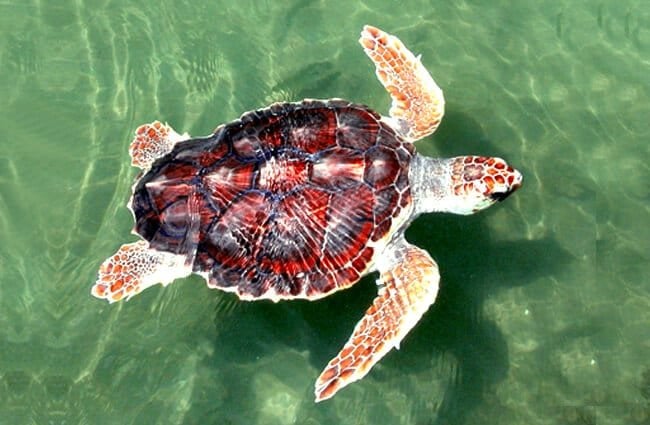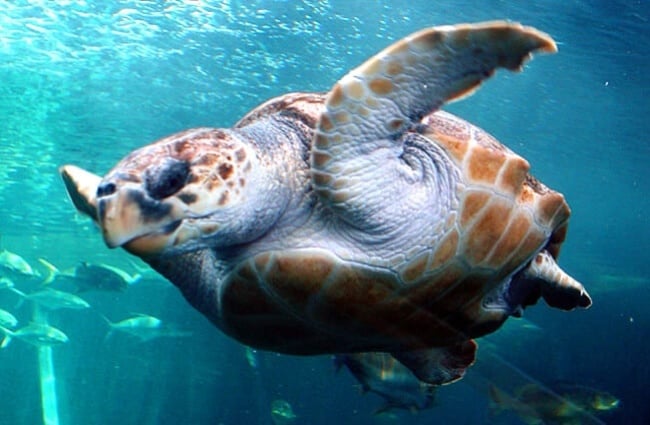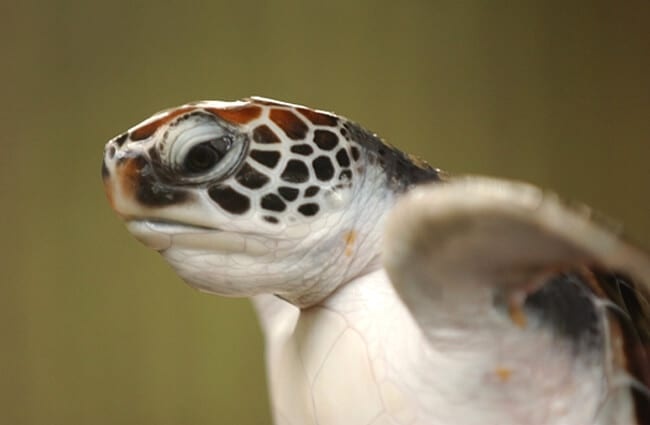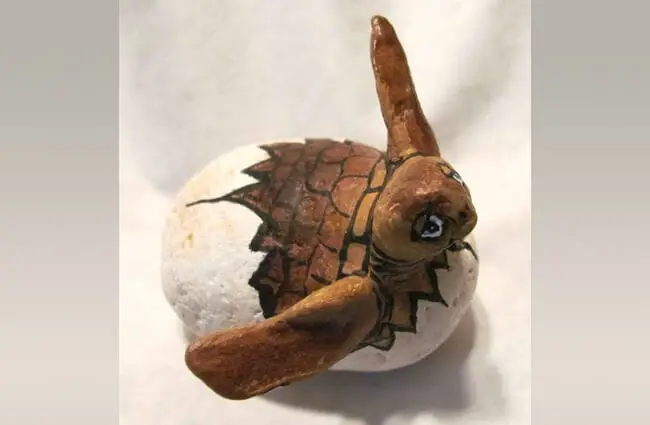A Deep Dive into the World of the Loggerhead Turtle
The loggerhead sea turtle, a magnificent reptile gracing oceans worldwide, is far more than just a beautiful creature. Its story, spanning millions of years, intertwines with the health of marine ecosystems and holds a significant place in human cultures. This guide explores the life history, behaviors, and conservation status of the loggerhead turtle, offering insights for researchers, animal enthusiasts, and anyone curious about these ancient mariners.

Basic Biology and Identification
Named for its large head, the loggerhead turtle (Caretta caretta) is easily recognized by its reddish‑brown carapace, or upper shell. Adults typically measure between 28 to 43 inches long and weigh around 150 to 350 pounds, though larger individuals can exceed this size. Their plastron, or lower shell, is usually a pale yellow. Powerful front flippers are used for swimming, while the rear flippers act more as rudders. Loggerheads are ectothermic, meaning their body temperature relies on the surrounding environment.
Habitat and Distribution
Loggerhead turtles inhabit a wide range of marine environments, from temperate to tropical waters. They are found in the Atlantic, Pacific, and Indian Oceans. Key nesting sites exist in the southeastern United States, Oman, Australia, and various islands in the Mediterranean Sea. They are highly migratory, traveling vast distances between feeding and nesting grounds. Loggerheads utilize a variety of habitats including open ocean, coastal areas, estuaries, and coral reefs. Juveniles are often found in areas with floating seaweed mats, which provide shelter and a source of food.

Diet and Feeding Habits
Loggerheads are carnivorous, with a diet primarily consisting of shellfish, crabs, and other invertebrates. They have powerful jaws capable of crushing hard‑shelled prey. Their foraging strategies vary depending on age and location. Young loggerheads often feed on jellyfish and other pelagic organisms, while adults focus on benthic invertebrates found on the seafloor. They are opportunistic feeders and will occasionally consume fish, sea turtle eggs, and even seaweed.
Life Cycle: Reproduction and Development
Loggerhead turtles have a complex reproductive cycle. Females return to the beaches where they were born to lay their eggs, a behavior known as natal homing. Nesting occurs during warmer months, and females can lay several clutches of eggs throughout a nesting season. A single clutch contains approximately 100 to 120 eggs, which are buried in the sand.
Incubation lasts around 45 to 70 days, depending on temperature. Temperature plays a critical role in determining the sex of the hatchlings; warmer temperatures produce more females, while cooler temperatures result in more males. Hatchlings emerge at night and instinctively crawl toward the brightest horizon, typically the moon or stars reflecting off the ocean. This initial journey to the sea is fraught with danger, as hatchlings are vulnerable to predators such as birds, crabs, and mammals.

Evolutionary History
Sea turtles, including loggerheads, have a long evolutionary history, dating back to the Jurassic period over 200 million years ago. Their ancestors were land turtles that gradually adapted to a marine lifestyle. Fossil records reveal that early sea turtles had fully developed shells but were less streamlined than modern species. The loggerhead lineage diverged from other sea turtle species several million years ago. Their evolutionary success is a testament to their adaptability and resilience.
Ecological Role and Interactions
Loggerhead turtles play a vital role in maintaining the health of marine ecosystems. As predators, they help control populations of their prey, preventing imbalances in the food web. Their foraging activities can also influence the structure of benthic communities. By consuming jellyfish, they help regulate jellyfish blooms, which can impact fish populations and coastal ecosystems. They are a food source for some predators, particularly sharks and larger fish.
Loggerheads and Humans: A Complex Relationship
Throughout history, loggerhead turtles have been exploited by humans for their meat, eggs, and shells. In some cultures, they are considered a delicacy. However, these practices have had a devastating impact on loggerhead populations. Today, loggerheads are protected under international and national laws. They still face numerous threats, including entanglement in fishing gear, habitat loss, pollution, and climate change.

Conservation Status and Efforts
The loggerhead turtle is listed as threatened under the Endangered Species Act. Several conservation efforts are underway to protect loggerhead populations. These include protecting nesting beaches, reducing bycatch in fisheries, mitigating habitat loss, and raising public awareness. International collaborations are also essential for protecting loggerheads that migrate across national boundaries. By reducing pollution, combating climate change, and promoting sustainable fishing practices, we can help ensure the survival of these magnificent creatures.
Encountering a Loggerhead Turtle in the Wild
If you encounter a loggerhead turtle while on a beach or on a boat, it is crucial to observe it from a distance and avoid disturbing it. Do not approach, touch, or feed the turtle. If you see a turtle that is injured or entangled, contact local wildlife authorities or a marine rescue organization. Never attempt to handle an injured turtle yourself, as it may bite or scratch.
Caring for Loggerheads in Captivity
For zookeepers and aquarium staff, providing appropriate care for loggerhead turtles requires a specialized understanding of their biology and behavior. Enclosures should be large enough to allow for natural swimming and foraging. Water quality must be carefully monitored and maintained. A varied diet consisting of shellfish, squid, and other marine invertebrates is essential. Regular veterinary checkups are crucial for detecting and treating any health problems. Providing environmental enrichment, such as simulating currents and providing hiding places, can help promote the turtles' well‑being.

Fascinating Facts About Loggerhead Turtles
- Loggerheads can hold their breath for several hours.
- They navigate using the Earth’s magnetic field.
- Hatchling sex is determined by incubation temperature.
- Loggerheads have a lifespan of 50 years or more.
- They are capable of returning to the same nesting beach year after year.
- They contribute to the health of reef ecosystems by controlling prey populations.
The loggerhead turtle is a symbol of resilience and adaptation. By understanding their life history, ecological role, and the threats they face, we can work together to protect these magnificent creatures for generations to come. Their story is a reminder of the interconnectedness of life on Earth and the importance of conservation.

![Red Angus Closeup of a beautiful Red Angus cowPhoto by: U.S. Department of Agriculture [pubic domain]https://creativecommons.org/licenses/by/2.0/](https://animals.net/wp-content/uploads/2020/03/Red-Angus-4-238x178.jpg)




![Red Angus Closeup of a beautiful Red Angus cowPhoto by: U.S. Department of Agriculture [pubic domain]https://creativecommons.org/licenses/by/2.0/](https://animals.net/wp-content/uploads/2020/03/Red-Angus-4-100x75.jpg)

